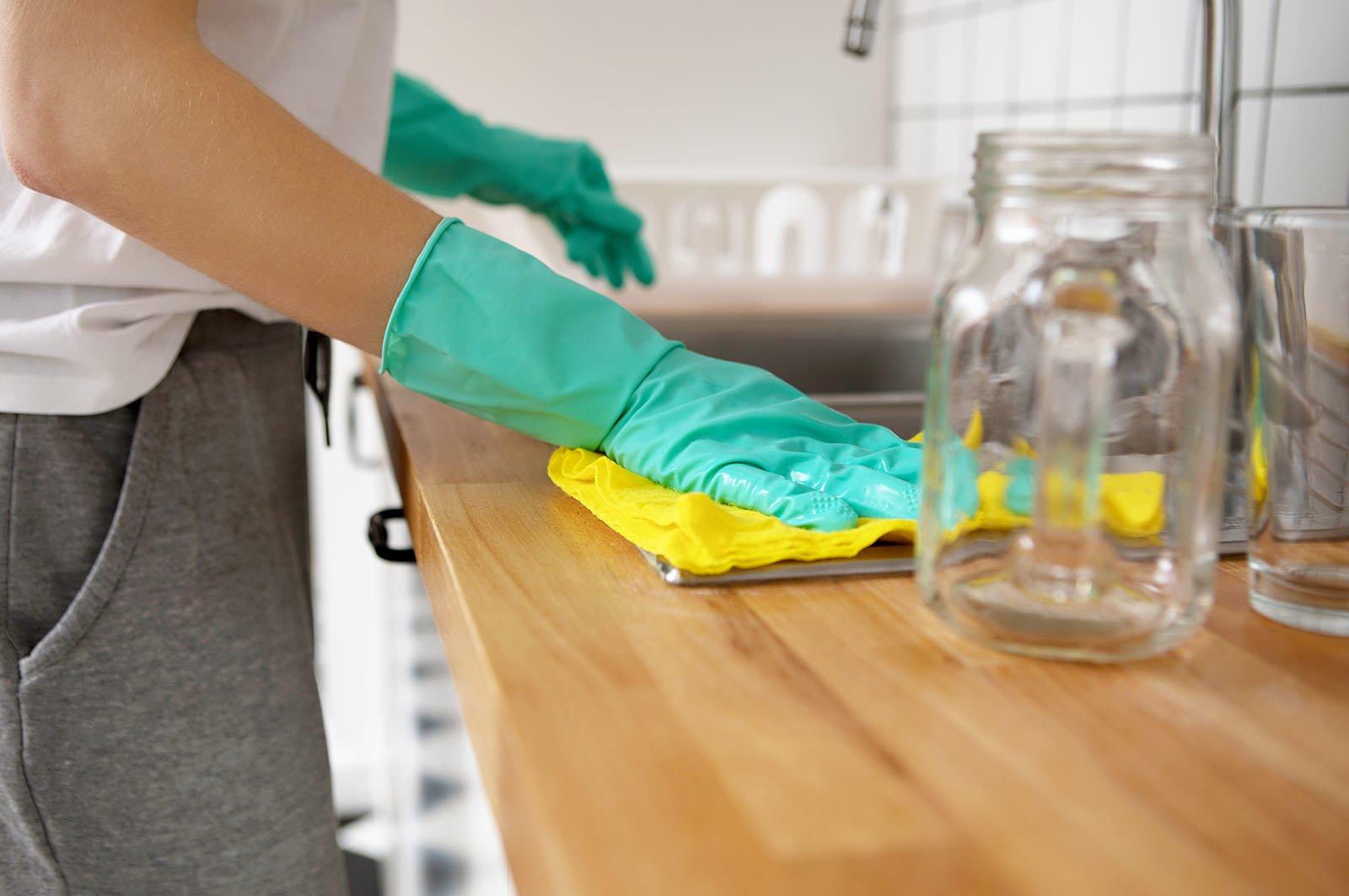What Are Disinfectants?
Disinfectants play an important role in helping to keep our world safe from infection-causing diseases. They’re used to kills germs in our homes, schools, hospitals, and various public places.
Soap and water can usually do the job of removing dirt or stains from various surfaces.
But disinfectants go a step further.
Disinfecting is necessary for killing germs that live on surfaces and can lead to infection, including bacteria such as MRSA, Staph, Salmonella and E. coli, viruses such as influenza (the “flu” virus), SARS-CoV-2 (virus responsible for COVID-19) and rhinovirus (one of the causes of the common cold). Disinfectants can also kill fungi such as mold, mildew, and the fungus that causes athlete’s foot.
One of the most common disinfectants – and certainly the one most closely associated with Clorox – is bleach. Because bleach is powerful enough to kill E. coli and the flu virus, you may be wondering if it is safe to use around your family.
In fact, households and hospitals have been using bleach for more than 100 years. From kitchens and bathrooms to operating rooms and everywhere in between, bleach plays an important role in health and safety.
Bleach disinfects our household surfaces, and breaks down into raw materials we encounter every day. Bleach is derived from sodium chloride—common table salt. Because of how bleach is made, once you’re done cleaning, 95 to 98 percent of it rapidly breaks back down into salt and water, its starting elements. The bleach that doesn’t break down is treated effectively by our sewer and septic systems.
As a disinfectant that’s both effective and safe, bleach is used by organizations such as the Red Cross to make water safe to drink after natural disasters or in countries without access to clean water. Additionally, the ASPCA recommends bleach to disinfect kennels and shelters.
Not all disinfectants offered by Clorox contain bleach. Some products contain hydrogen peroxide and others, such as disinfecting wipes, have quaternary ammonium compounds that also help kill germs.
No matter what the active ingredient is, all of Clorox’s disinfecting products are registered with and regulated by the U.S. Environmental Protection Agency (EPA). To be approved by the EPA, products must pass strict microbiological efficacy tests that prove they kill bacterial viruses and fungi. Products must be formulated only with EPA-approved ingredients, and must meet strict data requirements to ensure safety to humans and the environment.
Before any of our products go to market, Clorox conducts rigorous human and environmental safety assessments, evaluating ingredients and product formulas. And even after our products are in the hands of consumers, we are committed to regularly monitoring scientific developments related to our products.
Whether our disinfectants are used to help protect children in the home or patients in a hospital, you can be confident that Clorox has committed itself, through research and innovation, to help control the spread of germs today and into the future.





